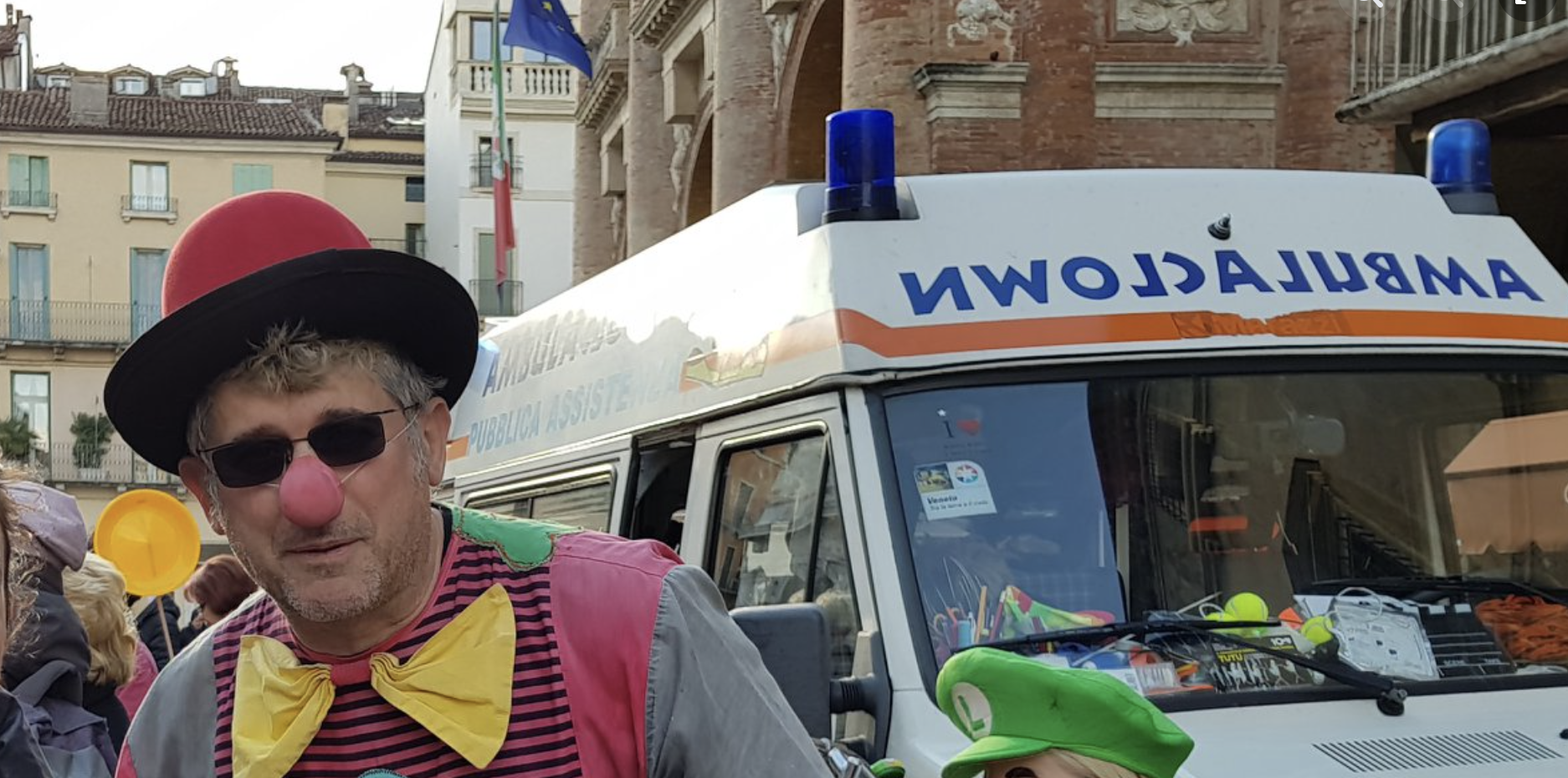
Emergent Identities
A Practice-Led Inquiry into Performance, Perception, and Visual Representation
Giorgio Faedo
Identity is not a fixed attribute but an evolving phenomenon, shaped through interaction, perception, and performance. This research explores the interplay between identity and visual practice, considering how participatory methods of image-making reveal the fluid, relational, and performative dimensions of selfhood. It positions performance and visual practice as collaborative acts of becoming, focusing on the emergent, fragmented, and multilayered nature of identity.
Through this lens, the project also engages with the work of Evaristo and Raj, whose clown performances transcend linguistic and cultural boundaries, drawing attention to the embodied and non-discursive modes of storytelling and interaction. Their practice, rooted in transformation and shared experience, aligns with the broader inquiry into how identities are co-constructed and reimagined.Purpose
Our collaborative effort aims to identify counter-narratives capable of challenging the dominance of colonial, industrial, extractivist, and emerging climate finance asset securitization frames. These counter-narratives, in turn, shape the landscape of opportunities for Amazon conservation initiatives. Such initiatives should encompass a more holistic understanding of the forest, including the interactions between human and non-human agencies.
The research employs a practice-based approach, using photography, moving images, and participatory techniques to explore the dynamics of identity and performance. The practice unfolds across multiple settings.
Evaristo’s transformed ambulance—a mobile dressing room—serves as both a metaphor and a practical space for examining transition and identity construction. Within this space, moments of preparation, performance, and narrative sharing become sites of inquiry. Collaborations with Evaristo and Raj provide a unique entry point into the aesthetics of clowning. Their work, addressing themes of illness and social marginalization, invites questions about the transformative power of performance and its capacity to redirect attention and expand consciousness. The research embraces slowness as a method, investigating the temporal and layered nature of identity through techniques like darkroom processes. These methods highlight the emergent qualities of both images and identities, as they develop through layering and unveiling. The darkroom becomes a site for thinking about emergence, not as a moment of clarity but as a process of transformation. It offers a tactile and conceptual framework for engaging with the fragmented and iterative aspects of identity formation.
Some fieldwork will take place in Kenya, where doctor clowns trained by Evaristo operate and where I currently live and work. This extension provides a comparative perspective, examining how their practice adapts and resonates across cultural and social contexts.
Giorgio Faedo has worked for two decades at the intersection of technical leadership, design strategy, photography, and experimental film. His practice involves art and humanitarian work, directing programs across Libya, Chad, Niger, DRC Congo, Tanzania, Myanmar, Thailand, and Italy for the International Rescue Committee.
In his artistic and design research, he employs participatory facilitation, cinematic engagement, and experimental photography to cultivate capacities, connections, and learning within the communities he serves. His educational background includes an MSc in Water Management and an MFA in Transdisciplinary Design from Parsons School of Design.
